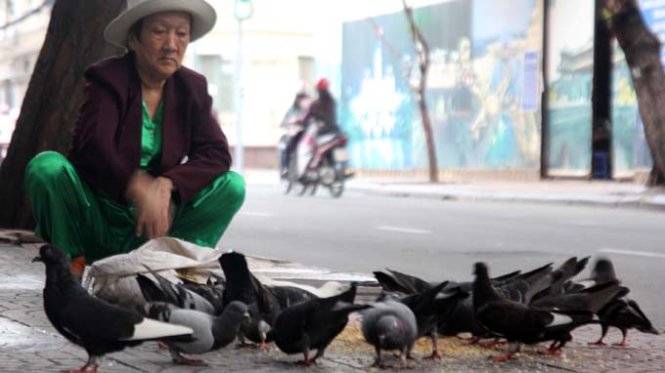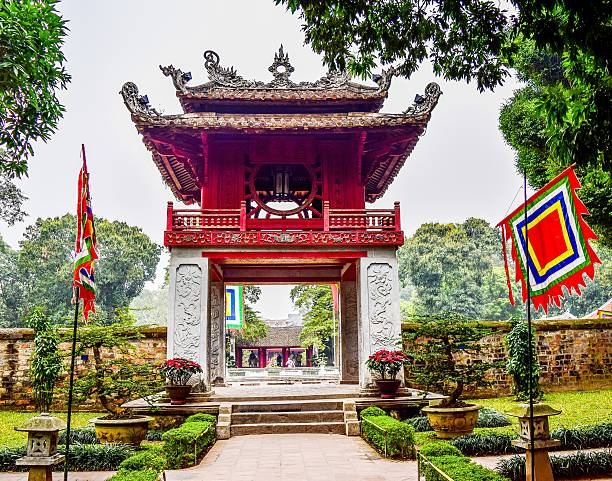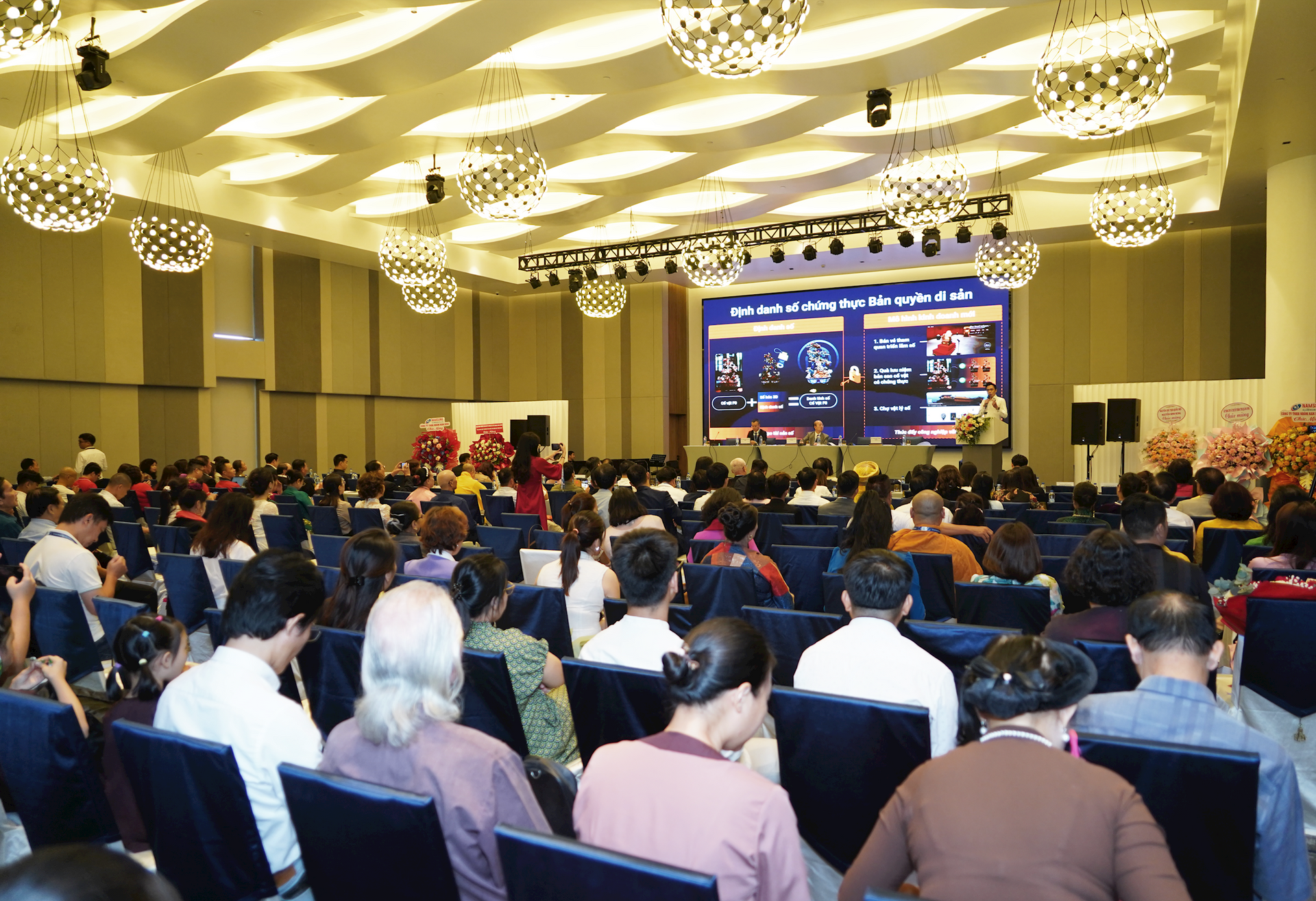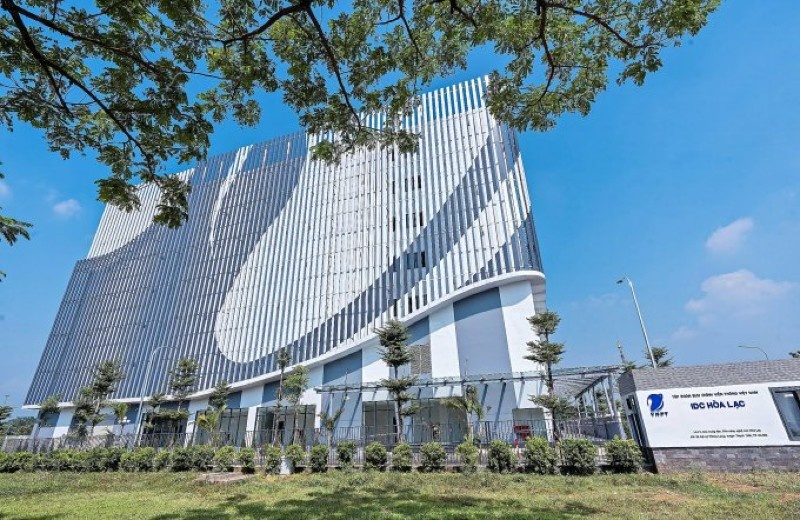Stroll around Saigon to see it’s not really boring as criticized

Domestic tourists or those on business trips to Saigon, the name by which many address Ho Chi Minh City, tend to whine that they could find nothing in Vietnam’s largest economic hub to explore or pamper themselves with, except for some architectural icons, museums, and touristy streets in the downtown area.
Alexandre le Guyader recently joined a Tuoi Tre News discussion about Vietnamese tourism with particular concern about the city losing its architectural heritage.
An expat who has lived in Saigon for four years, Guyader complained that the place is gradually becoming “a city without a soul,” as he felt “the Vietnamese government just wants to transform Saigon into a copy of Hong Kong or Singapore – a modern place with a lot of skyscrapers and all the international food chains and shops.”
Tu Nha, a Tuoi Tre contributor, then wrote an article to accentuate the city’s allure and coincidentally dispel such concerns.
Nha said that some of his friends from New York and Berlin gave profuse compliments to Saigon while walking around the city, saying it is much more fascinating than Singapore or Malaysia.
The writer admitted that he did not really buy into what his foreign friends talked about the city’s appeal until he recently made walking tours around Saigon himself.
He suggested such sightseeing tours begin at 30-4 Park, located on Le Duan Street in District 1.
A stroll along canopy-lined Le Duan Street, one of the oldest in the city, would give tourists a taste of its intertwining fast and slow paces.
The Saigon Notre Dame Basilica and the Saigon Central Post Office hold an irresistible appeal for their age-old looks, sophisticated French-style architecture, and such fine details as the gorgeous, vintage patterned tiles.
A flock of tourist-friendly pigeons is often seen to the right of the cathedral and opposite the post office, Nha said.

An elderly woman feeds a flock of pigeons at the Pasteur and Le Thanh Ton intersection in District 1, Ho Chi Minh City. Photo: Tuoi Tre
The author found Dong Khoi Street in the downtown area the most typical in the city.
The street thrives in a “double life,” featuring both the hectic pace of a signature shopping street and its time-honored value.
It is teeming with life and commotion, with painting, souvenir shops, and silk boutiques being frequented by foreign tourists.

Foreign tourists walk past a teeny silk boutique on Dong Khoi Street in District 1, Ho Chi Minh City. Photo: Tuoi Tre
Some of the shops on the street are just over one meter in width, but limited dimensions cannot stop their owners from doing good business, Nha commented.
Turn left into Ly Tu Trong Street and tourists cannot miss an old French-architecture apartment building, which is home to a painting shop on the ground floor, an antiquated elevator, and several fashion, souvenir shops and stylish cafés.
L’Usine Café, inside the 151 Dong Khoi apartment building, is also a major draw for its fabulous drinks, setting, and unrivaled panorama of the Municipal Theater in the vicinity.
Similarly fascinating cafés and shops can also be found at several other apartment buildings on such streets as Pasteur, Mac Thi Buoi, and Le Loi in the downtown area.
Keen enthusiasts of the city’s 327-year history or nostalgic visitors can relish the vestiges of the past found in these apartment buildings’ discoloring walls and aging looks.

A night view of the Saigon Notre Dame Basilica in downtown Ho Chi Minh City from inside an old apartment. Photo: Tuoi Tre
Another tour may take visitors past the People’s Committee edifice on Le Thanh Ton Street as well as the Nguyen Hue Pedestrian Street, which opened on Wednesday.
The pedestrian street spans 670 meters from the People’s Committee edifice to Bach Dang Wharf in District 1 and District 4, respectively, and measures 64 meters in width.
The street will become a venue for stunning music-fluctuated and decorative lighting spectacles, parades, meetings, street festivals, and the city’s hallmark Nguyen Hue Flower Street, which has run during Tet (Lunar New Year) for several years.
The walking street will also boast art, exhibition and sports activities, and will be lined with mobile stands that offer for sale a wide array of mementoes and food specialties.

Japanese tourists pose for a selfie on the Nguyen Hue Pedestrian Street in downtown Ho Chi Minh City on its opening day on April 29, 2015. Photo: Tuoi Tre
Visitors can have views as far as the eye can see of the Saigon River, hang around at luxury shopping malls, or peruse books at Nguyen Hue Book Store located right on Nguyen Hue Street.
A trip to Ben Thanh Market, which offers for sale a wide array of consumer goods, souvenirs, handicraft items, and culinary delights, is just like a miniature version of the bustling yet charming city.
The market’s night sessions also provide a glimpse of the glittery night life.
Near Ben Thanh Market is Ms. An Pagoda, located at 45 Truong Dinh Street.
Built in the late 19th century as the oldest of the city’s four remaining Hindu temples, the pagoda is meant to pay tribute to Mariamman the Goddess, a significant deity greatly revered in the religion.
The richly-colored shrine boasts reliefs and statues of 18 deities, who are believed to be incarnations of Lord Shiva, one of the prominent in Hinduism, as well as characters from Hindu legends.
The temple is frequented by devout followers and visitors of Vietnamese, Chinese, Indian, Cham and Malaysian nationalities, as well as those from Western countries.
Another walking tour may lead tourists to countless sidewalk eateries or restaurants on such streets as Truong Dinh, Ly Tu Trong, and Le Thanh Ton, which offer diners various tastes of the local gastronomy, from traditional delicacies like “pho” (Vietnamese beef noodle soup), “bun” (rice vermicelli), and “goi cuon” (rolls) to Western and exotic dishes.
What the stars mean:
★ Poor ★ ★ Promising ★★★ Good ★★★★ Very good ★★★★★ Exceptional
Latest News
More News
- Traditional Vietnamese crafts go digital to boost global reach (July 17, 2024 | 18:11)
- Standard Chartered Hanoi Heritage Race holds meet & greet (June 29, 2024 | 09:00)
- IFF Holdings, Marriott International open luxury hotel, residences (June 24, 2024 | 15:54)
- New Zealand Trade and Enterprise partners with major retailers to bring premium products to Vietnam (May 24, 2024 | 11:43)
- Vietnam’s tourism brand in need of methodical marketing strategies (May 17, 2024 | 07:52)
- Muong Thanh Group sets record for largest simultaneous Thai Xoe dance performances (May 08, 2024 | 11:42)
- Trang An marks 10th anniversary as UNESCO World Heritage Site (April 30, 2024 | 09:00)
- Visiting Trang An Heritage Region 2024 to join Trang An Festival (April 29, 2024 | 08:57)
- Le Méridien Saigon launches new series of Chefs' Table (April 15, 2024 | 15:35)
- Promoting Vietnam's tourism in Hollywood (April 13, 2024 | 08:00)


















 Mobile Version
Mobile Version